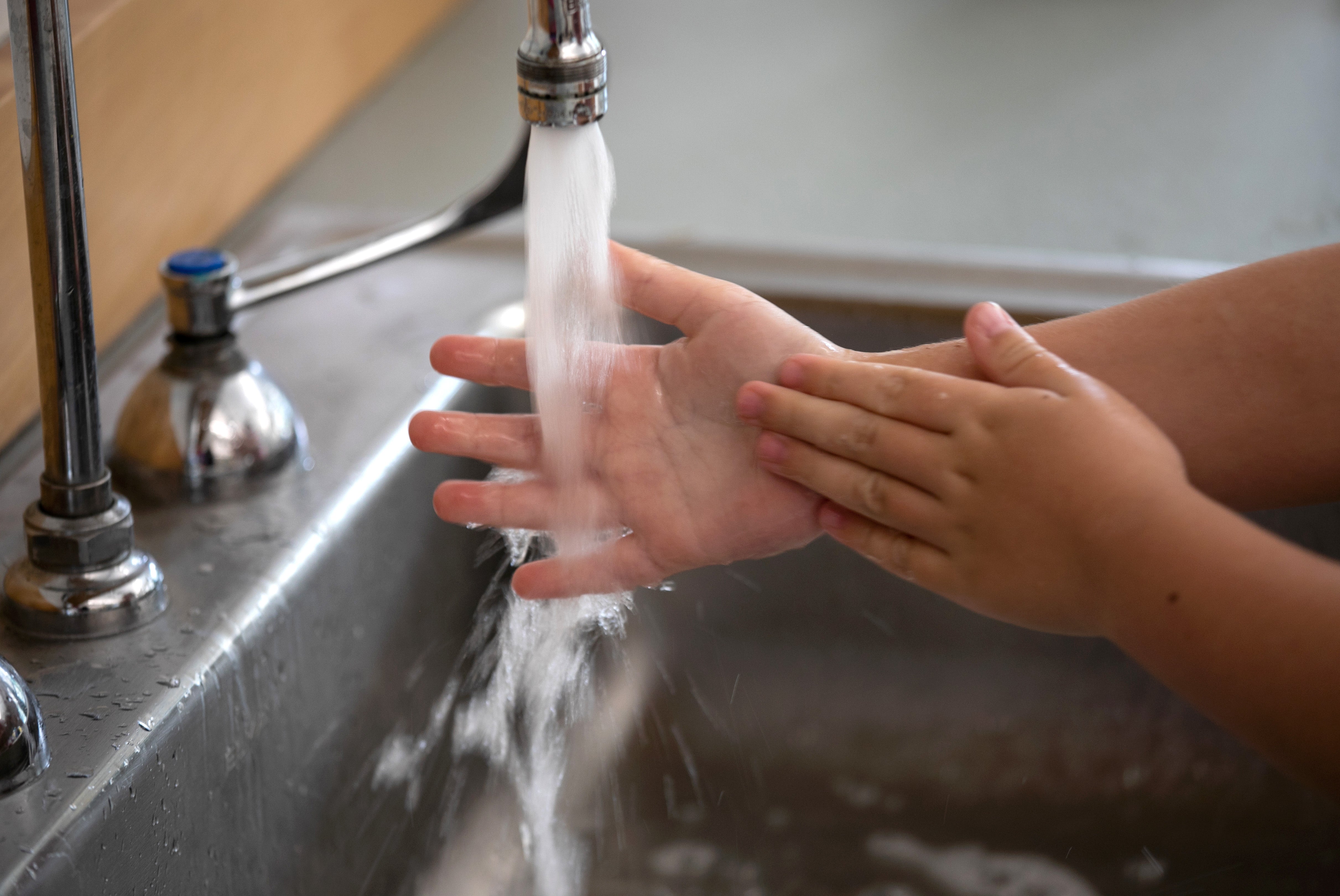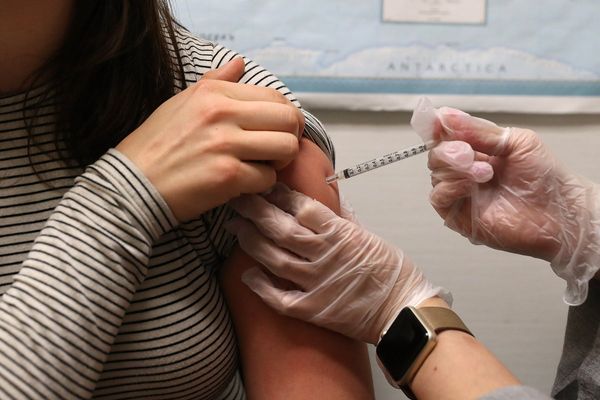Your preschooler might be routinely exposed to as many as 96 potentially harmful chemicals, according to researchers.
A new analysis conducted by multiple U.S. institutions has found that 48 chemicals were found in more than half of the urine samples from more than 200 children between the ages of two and four years old. There were 96 chemicals detected in five children.
The institutions had tested for 111 chemicals, including plastic-fortifying phthalates, pesticides, benzophenones that are used in sunscreens and cosmetics, bisphenols found in plastic containers and parabens that are commonly used in cosmetics, lotions, shampoos and pharmaceuticals. Exposure to phthalates has been linked to breast cancer, and benzophenones have also been listed as “possibly carcinogenic to humans.”
Previous research has also suggested a possible link between exposure to certain bisphenols and an increased risk of certain cancers.
“Our study shows that childhood exposure to potentially harmful chemicals is widespread. This is alarming because we know early childhood is a critical window for brain and body development,” Deborah Bennett, professor in the Department of Public Health Sciences at the University of California at Davis, said in a statement. “Many of these chemicals are known or suspected to interfere with hormones, brain development and immune function.”
Bennett is the lead author of the study, which was published on Tuesday in the journal Environmental Science & Technology.
The authors also discovered that 34 of the chemicals they tested for were found in more than 90 percent of the children included in the study. The kids lived in California, Georgia, New York and Washington.
Levels in two-year-olds were higher than their older counterparts, and firstborn children had significantly lower chemical levels than their younger siblings.
There were also racial disparities, with children from racial and ethnic minority groups found to have higher levels of parabens, several phthalates and polycyclic aromatic hydrocarbons. Polycyclic aromatic hydrocarbons are chemicals that occur naturally in coal, crude oil and gasoline.
Those chemicals include nine that are not currently tracked in national health surveys, and the researchers noted that many of these chemicals are not routinely monitored.

Children are exposed to the chemicals through everyday activities. They may touch contaminated surfaces, breathe indoor and outdoor air and play close to the ground. Frequent hand-to-mouth contact makes them especially vulnerable.
Parents can limit their children's’ exposure by choosing safer products, maintaining hygiene, ventilating their spaces and cleaning regularly.
The researchers noted that more studies are needed to fully understand the long-term health implications of exposure to the chemicals.
“Exposure to certain chemicals in early childhood — such as pesticides, plasticizers and flame retardants — has been linked to developmental delays, hormone disruption and other long-term health issues,” Jiwon Oh, first author of the study and a postdoctoral scholar in the UC Davis Department of Public Health Sciences, said. “This new study highlights the urgent need for expanded biomonitoring and stronger regulations to protect children from harmful exposures.”







